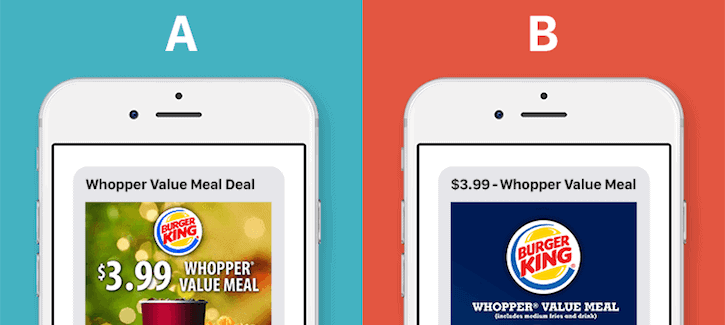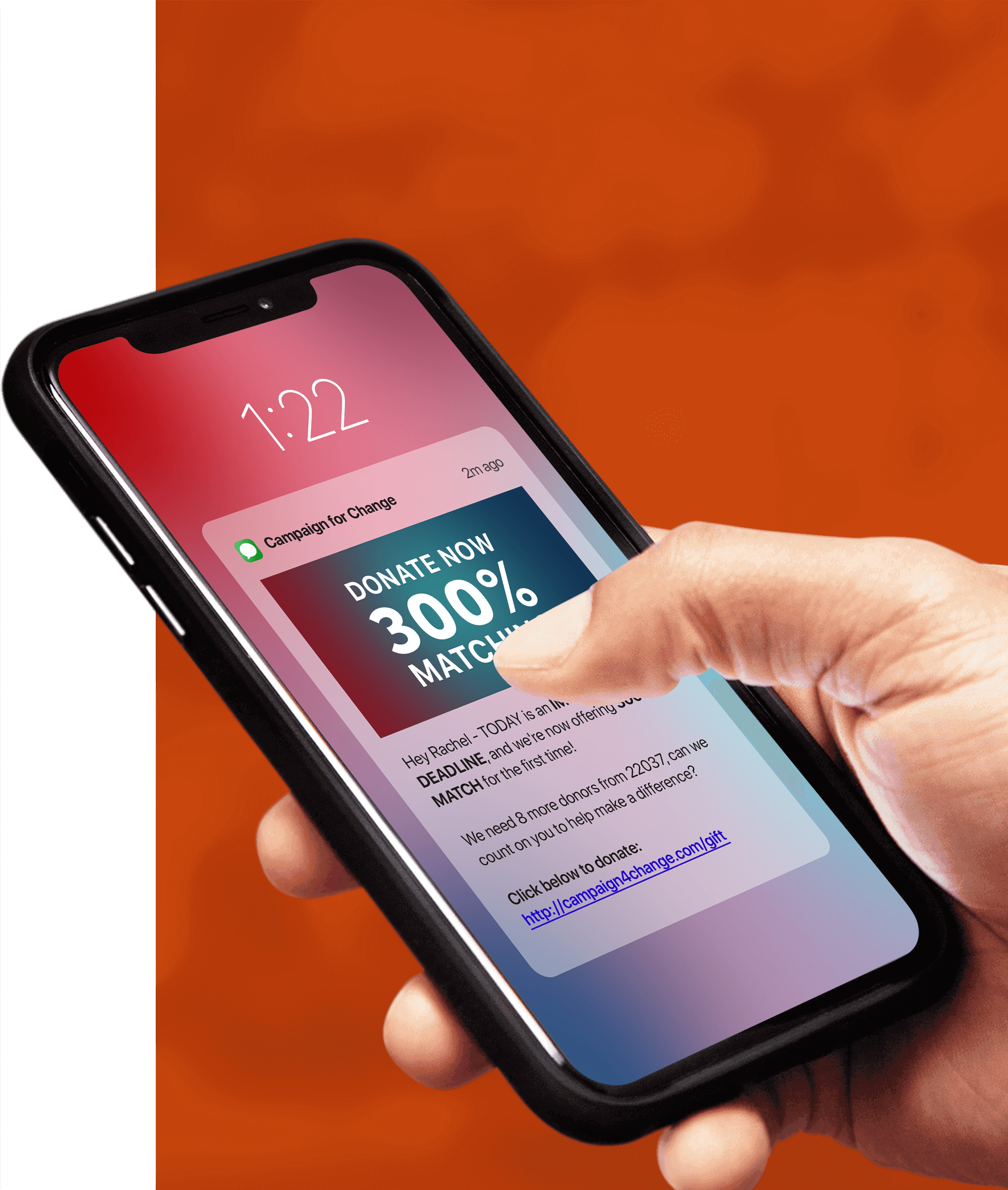A short code is a 5-6 digit phone number used to send and receive text messages. There are two types of short codes: shared and dedicated. While you can send text message marketing with both types of short codes, shared short codes present some risks.
As of 2020, most major wireless carriers in the United States no longer provision new shared short codes. While brands with existing shared short codes can continue to use them, dedicated short codes are now the default standard. If you’re using a shared short code, we recommend swapping over to a dedicated short code to avoid disruptions.
Risks of Shared Short Codes
Shared short codes, as the name implies, are shared among multiple brands. Each individual brand distinguishes itself by selecting its own unique SMS keywords, which ensures SMS providers send the right messages to the right consumers. By comparison, a dedicated short code is used exclusively by one brand—no sharing, unique keywords, or distinguishing tactics are required.
When one brand using a shared short code violates the CTIA Short Code Rulebook, or the wireless carrier’s rules, bad things happen. These types of violations force the wireless carrier to suspend all text message marketing on that short code—which disrupts messaging for all other brands that use that code. Regardless of your brand’s regulatory compliance, another brand’s mistake can disrupt your SMS marketing campaign.
The risk would be relatively low if just a few brands were using a single short code. Unfortunately, that’s not the case. Most SMS providers offer the same short code to thousands of brands.
It can take up to a month for the wireless carriers to remove these suspensions, depending on the severity of the violation. While a short code is suspended, no text messages can be sent or received on the short code. As you might guess, this is disruptive and expensive. One particular example comes to mind. In 2010, T-Mobile suspended a shared short code for over a month, and the suspension affected thousands of businesses and organizations.
How to Protect Your SMS Campaign from Disruption
If you haven’t already made the switch, we recommend investing in a dedicated short code. A dedicated short code is owned and used exclusively by one brand. This greatly reduces the risk of it being suspended and ensures your text message campaigns will be stable.
Another benefit of using a dedicated short code is that your brand controls everything about the use of the short code. More specifically (and importantly), you control all the SMS keywords. Shared short codes will limit your selection of SMS keywords (two brands can’t use the same keywords); a dedicated short code allows you to choose the perfect SMS keyword for your campaign.
Learn more about dedicated SMS short codes.
Canadian Shared Short Codes Update
In January 2020, the Canadian Wireless Telecommunications Association (CWTA) announced Rogers will stop supporting all new shared (or “general use”) short codes and will eradicate shared short codes at the end of the next lease term. The largest wireless network in Canada will outright abandon shared short codes, so the time to change is now.
AT&T One-Strike Policy for Shared Short Codes
In response to cybercriminals and phishing scammers accessing legacy shared short codes, AT&T announced that it will immediately terminate any short code sending spam.
Is your short code shared? Is it secure? Do you even want to take that risk? This is yet another reason to switch to a dedicated short code.
Shared Short Code Blocking and Filtering
Shared short codes or long codes (regular phone numbers) might be experiencing spam on a regular basis, and wireless carriers have been implementing filters and block settings to keep that spam away from your phones. These filters have recently become more stringent and specific, which might be causing these disruptions.
Spammers are taking advantage of legacy shared short codes to spread their spam over a much wider recipient list. These kinds of actions have contributed to decisions like the one made by AT&T.
Migrating to a Dedicated Short Code?
If you’re currently using a shared short code and need to move to a dedicated short code, we can help. It’s a simple process, and we’ve migrated enough short codes to have mastered it. See how it’s done in our blog post, How to Move Customers to a New Short Code.
Have additional questions about short codes or about the differences between shared short codes and dedicated short codes? Leave a comment below or contact us directly. If you have other questions about SMS, MMS, or RCS marketing campaigns, or if you’re curious about other aspects of text message marketing in general, check out all the great resources available on our website. We’ve built a veritable database of information on these topics, all for your benefit.

